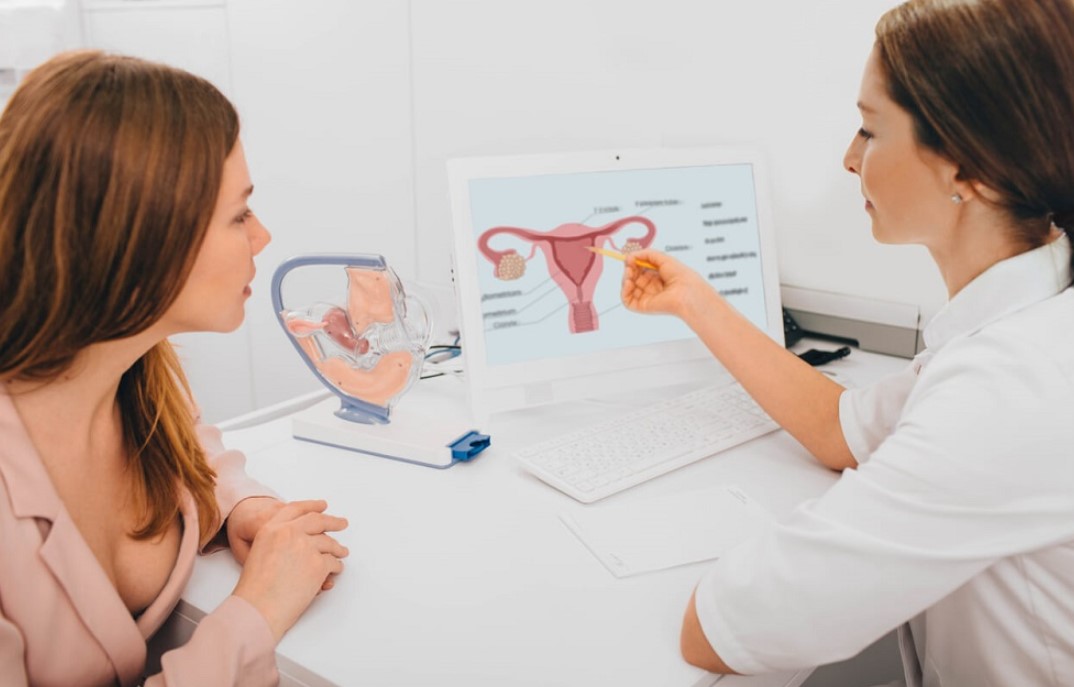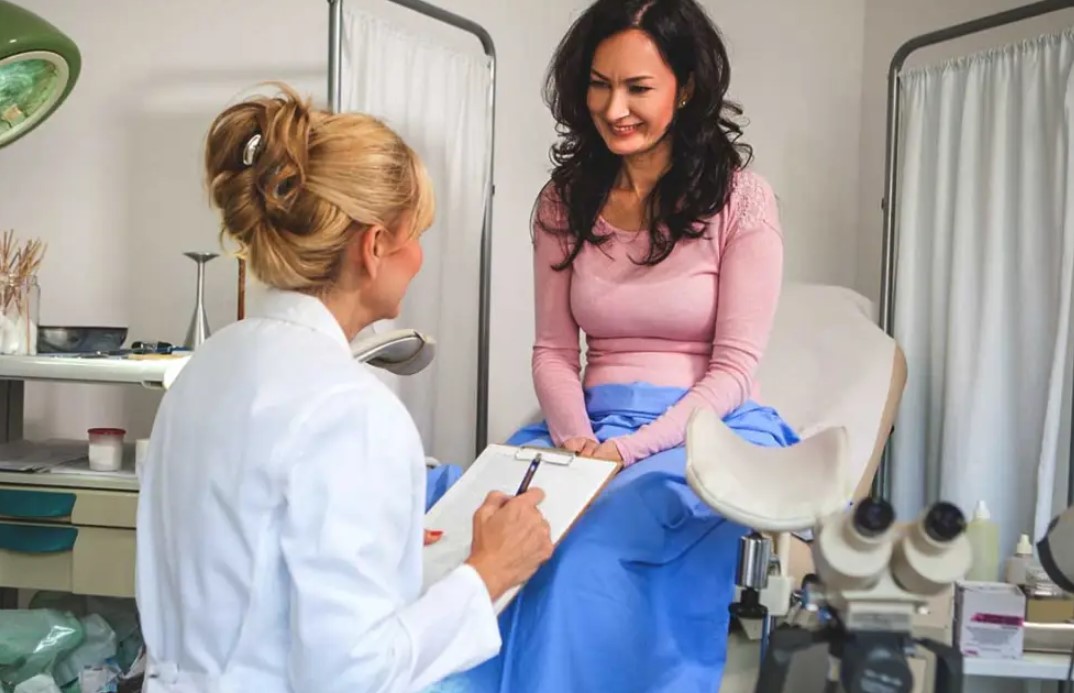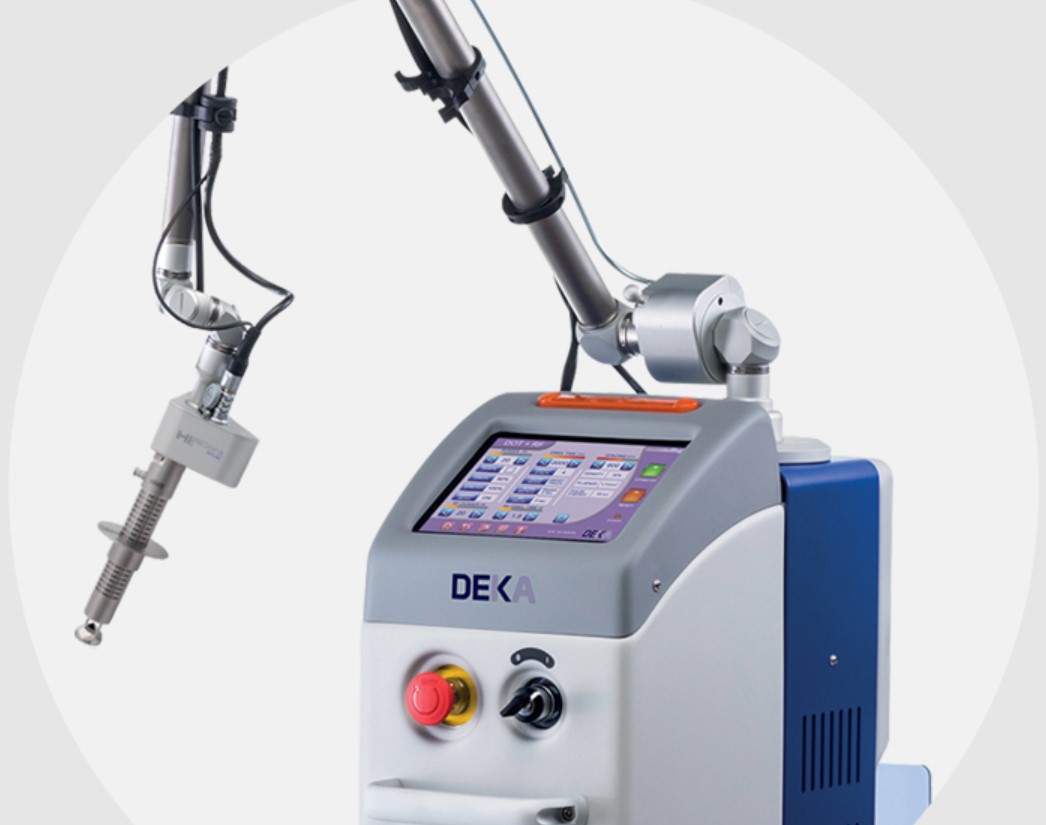When you hear the name Mona Lisa naturally most would think of the famous masterpiece painted by Leonardo Davinci. That would be the instinctual go to answer if anyone were to ask you if you knew about it. But in this case, we are discussing a treatment for women that combats symptoms that are brought on by declining estrogen levels and weakening of the vaginal muscles.
MonaLisa Touch® is a laser treatment for vaginal atrophy symptoms. Vaginal atrophy, or atrophic vaginitis, is a common condition that occurs in women when there is a decline in estrogen levels in their bodies. This decline in estrogen can often result in many symptoms such as thinning, drying, and inflammation of the vaginal wall tissue.
To combat this condition and its symptoms, the MonaLisa Touch® is a laser treatment used to stimulate the vaginal tissue with a controlled energy pulse. Let’s take a deeper look at what the MonaLisa Touch® is and how it can be used for patients who are impacted by vaginal atrophy.
Atrophic Vaginitis Symptoms

Source: blog.allaboutwomenmd.com
As mentioned, vaginal atrophy is caused by the decline of estrogen levels, causing discomfort or pain within the vagina. Here are some of the main symptoms that come with this condition:
- Vaginal dryness or discharge
- Vulva itching and discomfort
- Pain during urination and increased urinary frequency
- Urinary incontinence
- Increased incidences of urinary tract infections
- Pain during intercourse (also known as Dyspareunia)
- Loss of vaginal lubrication during intercourse
- Vaginal bleeding outside of menstruation
Addressing Atrophic Vaginitis
Hormone therapy is a common treatment for decreased estrogen. Though, some women do not want this option or cannot take it due to their medical histories, especially if they have an increased risk for heart attacks, strokes, gynecological malignancies and breast cancer. Until MonaLisa Touch®, there were no good options to treat the symptoms associated with vaginal atrophy.
The only other treatment options are over-the-counter remedies, such as lubrication or other vaginal moisturizing products. These treatment options are typically temporary and do not bolster the long-lasting effects that MonaLisa Touch® provides.
How does MonaLisa Touch® work? What does it do?

Source: manriquemdaesthetics.com
A simple in-office procedure, The MonaLisa Touch® is the use of a small probe that delivers gentle laser energy to soften the vaginal tissues. The laser stimulates the vaginal tissue with a controlled energy pulse which causes an increase in collagen production. Collagen production is essential to healthy vaginal cells.
The two-part laser pulse used in The MonaLisa Touch® procedure targets CO2 laser energy to stimulate both the surface (epithelial) tissue and the underlying deep tissue (lamina propria) in the vagina.
The fractioned light beams from the lasers penetrate and create small wounds in the epithelial layer, which triggers the production of collagen and regeneration. While the procedure is done in three sessions, each session is only around 5 minutes long.
Excellent for Those With Breast Cancer
A common side effect for women who are or who have undergone hormonal treatment for breast cancer is pain during intercourse. The treatments often can thin the skin at the vaginal opening making it prone to tears which cause pain. The MonaLisa touch is a great way to counter this side effect and help improve the quality of life for breast cancer survivors.
What Are the Potential Risks?

Source: laserskincare.com.au
You should evaluate the risks and benefits before getting the MonaLisa Touch procedure done from a qualified physician. Some of the potential side effects include:
- Mild to moderate discomfort
- Light to mild bleeding or spotting
- Pink, brown, or a watery discharge
- Redness, swelling, or inflammation
- Tenderness to touch
- Burning sensation while urinating
Overall these side effects are normal and should abate after a few days following the procedure. You may not be a candidate for the MonaLisa Touch if you have any of these conditions:
- A cervical or vaginal abscess or lesion in the area you haven’t received a medical diagnosis or any type of treatment.
- A thromboembolic (clotting) condition or are on anticoagulant treatment.
- A vaginal infection such as herpes, candida, or any other sexually transmitted disease.
- A history of slow or impaired wound healing
- Keloid formation.
- Have received radiation treatment to colorectal or vaginal tissue.
- Undergone a reconstructive pelvic surgery involving a mesh kit.
- Prolapse of the bladder.
- Have given birth within the past three months.
- You are currently pregnant.
Expect to discuss all of these potential issues with your gynecologist or urologist to help determine that the MonaLisa Touch is the right treatment option for you at this time.
Post Procedure
The procedure itself takes just five minutes in an outpatient setting and doesn’t require anesthesia. You should be able to drive yourself home and resume most normal activities. However, avoid sexual intercourse or any physical activity that is strenuous for the first few days after the procedure to allow for the bulk of the healing process to complete
Avoid hot tubs or taking a hot bath, wearing tight-fitting clothes, or putting anything in the vagina like tampons for about five days. Most women don’t need to take time off work for recovery, but you may want to schedule the appointment towards your weekend so you can go home right afterward.
How Much Does the MonaLisa Touch® Treatment Cost?

Source: healthline.com
MonaLisa Touch® is offered as a package as multiple sessions are typically needed. It is not usually covered by insurance, so it’s important to find a reputable physician in your area who is trained in using MonaLisa Touch® to get an accurate estimate.
Is the Rejuvenation Permanent?
Those who receive the treatment should expect to receive maintenance treatment. MonaLisa Touch first became available outside the United States and more than 15,000 patients have been treated with at least an 18-month follow-up, and again at least three sessions is a typical recommendation.
If you are looking for a way to reclaim your health and live life more comfortably we recommend you speak to a trusted gynecologist or urologist. Do the research and find others that have had it done to get an idea of their results to help determine if it is right for you.














